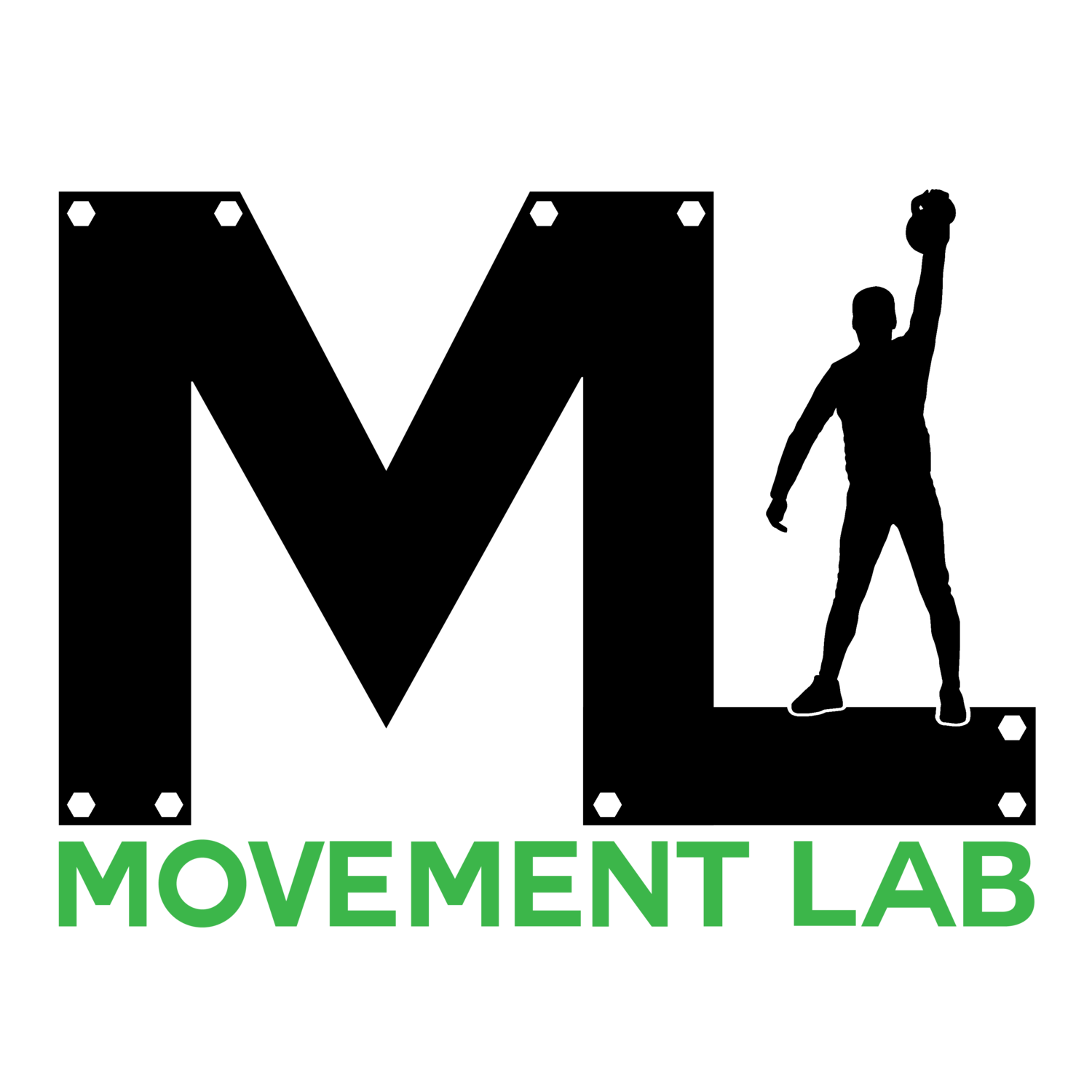Trigger Point...say what?
What is a Trigger Point (TrP)?
Trigger points are often discrete, hyperirritable spots located in a taut band of skeletal muscle. These points are often tender to the touch, but also can refer pain to distant locations of the body.
What can cause trigger points to develop in the body?
Recent or long-term injury
Decreased range of motion in a joint
Lack of exercise or loading a joint
Repetitive stress to a muscle
Sustained poor posture
There are two types of trigger points that can be described as:
Active - Reproduction of a current or past symptoms
Latent - Tender or reproduction of tender points only when being pushed on.
Local or referred unrecognized pain
Trigger points have a few different ways they respond when being worked on.
Local Twitch Response - A noticeable contraction of the muscle or skin when the muscle fiber has pressure applied to this region.
Referred Pain - Pain perceived at a location other than the site of the painful muscle point. Typically these pain patterns can often reproduce a distant site of complaint or recreate the pain you are seeking care for.
What are the symptoms of a trigger point? What can it lead to?
Trigger points will inhibit overall muscle function, leading to muscle weakness causing a muscle to not function at it's full capacity.
This could lead to an altered movement or motor pattern consciously or unconsciously.
Examples of the effects of a trigger point:
Improper body mechanics
Decrease range of motion
Increased muscle stiffness
Painful movements or movements that exacerbate symptoms
Postural abnormalities and compensations
Tension headaches, migraines, etc
Chronic persistent pain
Now that we know a little bit more about Trigger Points what are some examples? (limited examples provided, every muscle will have a referral pattern)
(In these examples: X is the trigger point location, Red markings are the referral patterns of the trigger point - locations of the pain)
As you begin to look at the trigger points, you may see locations of pain that can mimic different diagnoses.
Trapezius
Supraspinatus (Rotator Cuff muscle)
Gluteus medius referral patterns
Gastrocnemius referral patterns
Treatment options for Trigger points:
Activity of daily living modifications such focusing on ergonomics when sitting at a computer for a long period of time
Stretching
Self-Massage in the area
Ischemic Compression technique: sustained pressure of the trigger point leading to release and relaxation of the trigger point
Myofascial release
Progressive Exercise Loading to return normal range of motion and challenge joint stability




